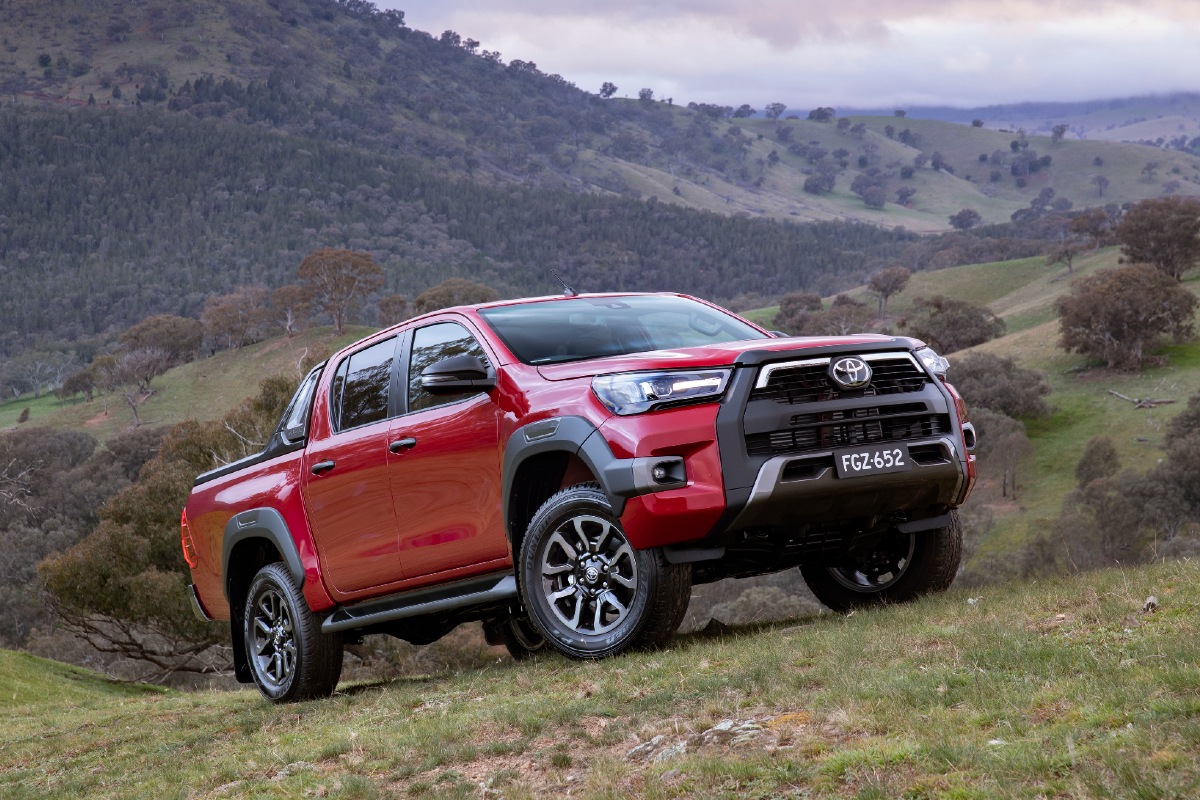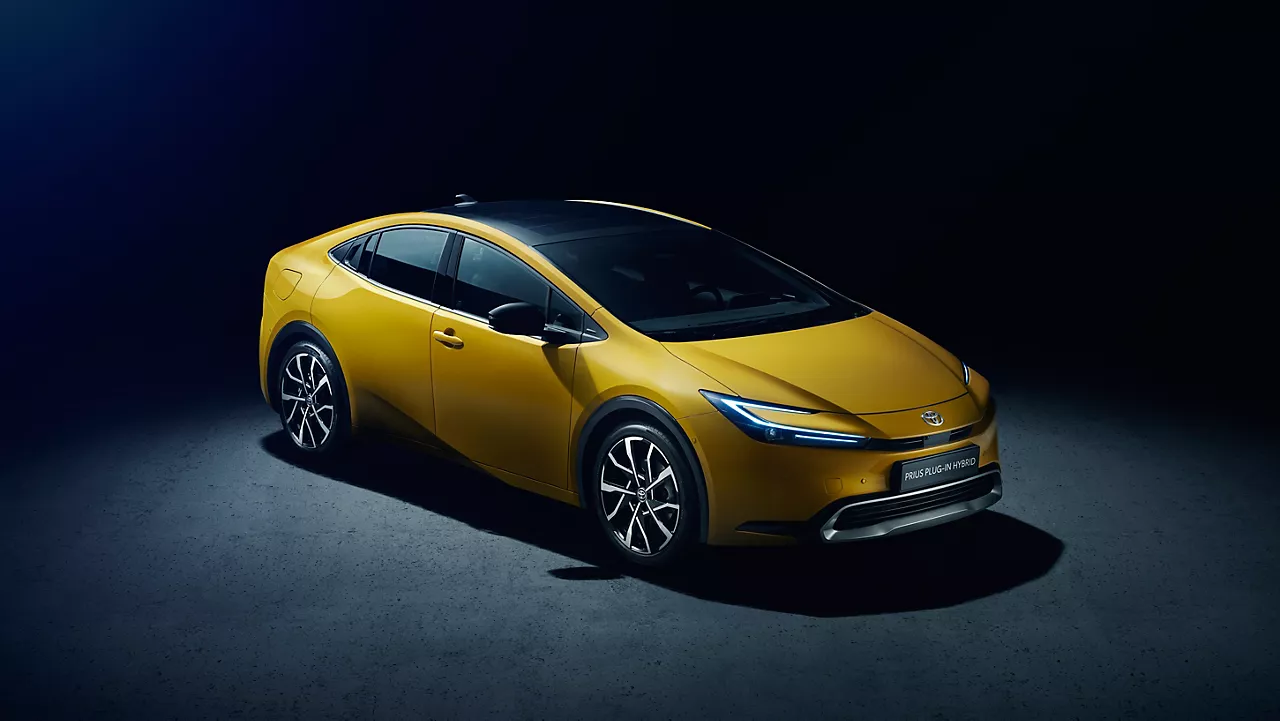
The stand out story from the April new car registration figures (VFacts) published last week was the resurgence of Toyota as a 20 per cent plus market share player once again. And that tells me a couple of key things.
A decade or so ago, Toyota Australia management talked about achieving 25 per cent plus market share here and, to be fair, there was a time when that did look possible. However, since then both events and their own model line-up have conspired against that happening and their share fell into the mid teens. New players from China have fragmented the market as well as ever improving products from Hyundai and Kia playing their part in stealing sales from Toyota, although it has to be said that they’ve remained market leader throughout, albeit by a much reduced margin.
READ MORE: Why Toyota isn’t giving up on petrol power
But now, in April, Toyota recorded a share of 21.4 per cent. That’s up from 14.6 per cent for April 2023.
How so? Well, a number of interacting happenings are responsible.

Firstly, it’s always important to remember that the Japanese financial year end is typically the end of March. So, for decades Japanese manufacturers have worked as hard as possible through the last month of Q1 of the calendar year to turn product into cash around the world, not just here. Get product into dealers, and invoiced, in March and then give them the incentives to push it out of the door in April. Sounds like a good reason to avoid the agency model, by the way, as the stock would remain in the manufacturers stock until retailed in that scenario….
Secondly, and this is a big one, exchange rate. Toyota vehicles sold here come from Japan and Thailand. Whilst we’ve all been pissing and moaning about the value of our dollar against the Euro and the USD making our holidays more expensive, the Japanese Yen has been depreciating faster than a Porsche Taycan. That’s made exports from the Land of the Rising Sun ever more competitive and has given Toyota huge leeway with incentivising dealers and holding down real transaction prices when other importers are being forced to put prices up to stay still. The story with the Thai Baht is similar but to a lesser degree.
READ MORE: How Toyota can turn its biggest weakness into a strength
Thirdly, stock. The simple adage that you can’t shoot without bullets was ingrained into me many years ago. No stock equals lost sales, especially in the volume sectors of the car market. Post covid supply blues are well and truly a thing of the past for Toyota. And compared with European and American sourced vehicles (together, around 12 per cent of our market), Toyota doesn’t have to concern itself with the supply line issues around shipping as a result of unrest in the Middle East causing diversions from the Suez Canal and reduced throughput in the Panama Canal due to water shortages. Toyota dealers have stock available of pretty much every model today and that’s meant that they have bullets to shoot, metaphorically speaking of course.
Finally, the model mix. Hybrid technology has emerged from the current round of the ICE/EV/hybrid battle for supremacy in a very good position. And who’s the king of hybrid? Why, Toyota of course. They’ve been building them for longer, and in far greater numbers, that anyone else. The reemergence of the (hybrid) Camry as a serious player in the market reflects great pricing as well as potentially much more predictable resale values than Tesla and Polestar models when looked at through the eyes of an Uber driver. Camry sales have tripled this year whilst Corolla and RAV4 numbers have doubled. All that’s happening whilst the new Prado is still awaited here. With its diesel mild-hybrid powertrain and great looks, its going to take some of the smile off the faces of Ford and Isuzu dealers as it’ll steal sales from the very successful Everest and MU-X models. Now, imagine just how strong Toyota would be with the Prius on sale here…

READ MORE: Everything you need to know about the 2024 Toyota Prado
This all amounts to a perfect storm for Toyota’s competitors.
The richest and most powerful car company in the world in pole position in one of the larger independent markets (defined as one without any local manufacturing) in the world, Australia, shows just how strong they’re going to be in all the other, smaller, territories across the globe. And that’s a very good thing in my view for one very good reason.
It places a Japanese powerhouse in a great position to stand up to the onslaught of products from China. It’s no coincidence that the Yen is as weak as it is today. That’s the only way that Japanese industry can combat the challenge of the cheaper production costs in China. Chinese-built cars and commercial vehicles are improving by the hour in terms of technology and quality but they’re also facing increasing costs. Whilst Toyota and the wider Japanese motor industry works hard to match Chinese automation levels and increase their own productivity levels, a weak Yen is essential for some time. It also means cheaper RAV4s in Australia!
It’s in our interests in Australia to have a strong Japan and a strong Japanese manufacturing sector. No other company represents that better than Toyota. Japan is a long-term friend of this country and deserves our support. I can’t say the same about China.












Discussion about this post